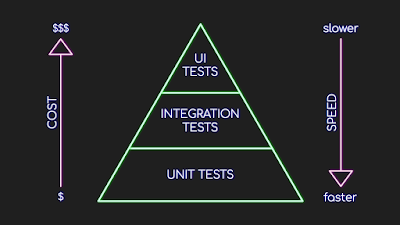Managing snapshots for Amazon ElasticSearch with Dotnet Core Lambdas

Introduction It is awesome to have some useful services like ElasticSearch managed by AWS , so you don't have to care about patching, monitoring, etc. When it comes to backup management for indexes, Amazon ElasticSearch includes automated snapshots. Automated snapshots are only for cluster recovery. You can use them to restore your domain in the event of red cluster status or other data loss. Amazon ES stores automated snapshots in a preconfigured Amazon S3 bucket at no additional charge. In particular, if you are using a higher version than 5.3, Amazon ElasticSearch takes hourly automated snapshots and retains up to 336 of them for 14 days. However, this policy might not be enough if you need to keep your snapshots for a longer 15 days, or you need to take a snapshot to create a new cluster in another region, subnet, etc. If you have different requirements to manage your snapshots, you will have to work with manual snapshots. For this part, AWS does not offer a good managed exper...


